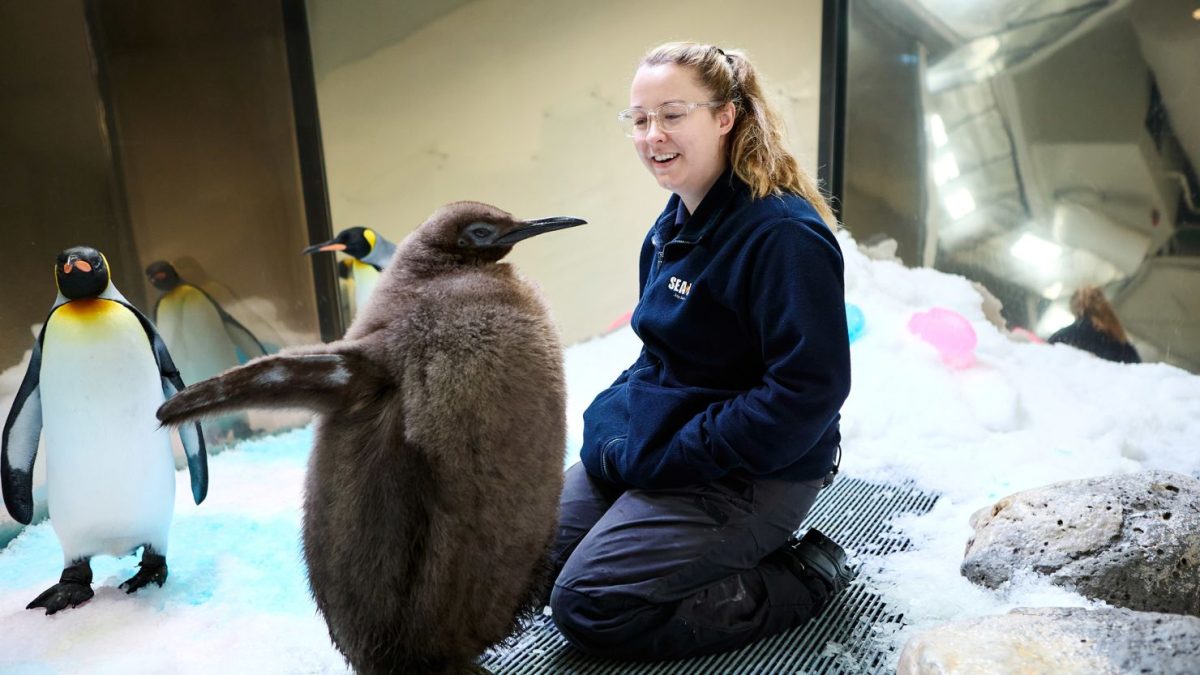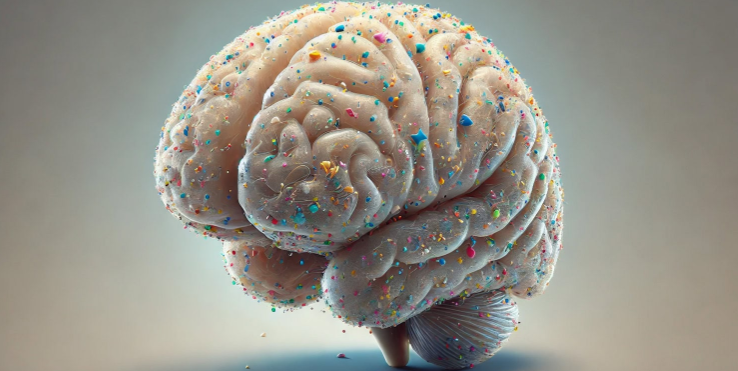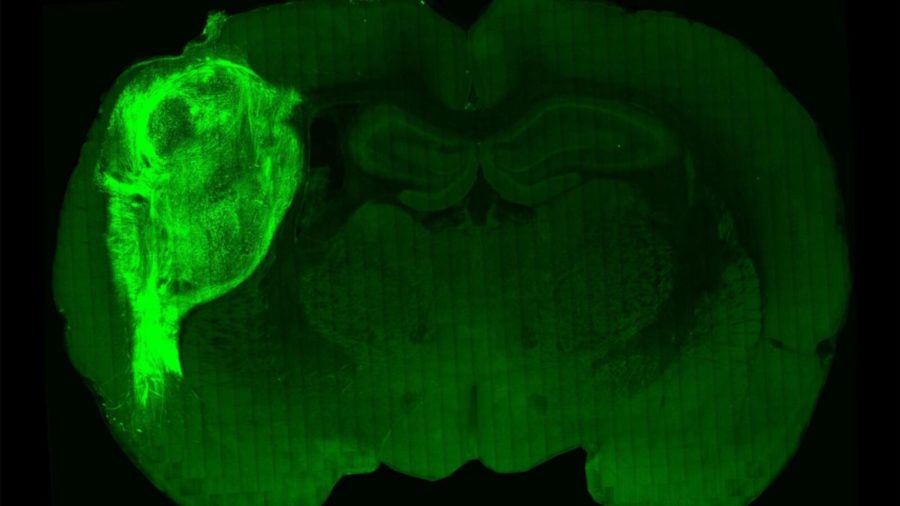Enhanced Rats With Human Brains
An organoid is being transported into the newborn rat.
October 23, 2022
Human cells being transplanted plants have proven to be successful and are promising for researchers. Scientists were able to transform human skin cells into stem cells, which they used to recreate the brain’s outermost layer (Stanford Medicine). Sergiu Pasca and his colleagues were able to recreate multiple organoids, simplified organs in three-dimensional form, to represent different brain regions. After about two months of work, these brain cells were transferred into rats. They smoothly moved in, proving their work to be successful and raising hope. By using the rats, scientists can examine the effects that the tests have on animals. This allows for further research on neurodevelopmental disorders. If practices were performed on humans, it would be too complex and dangerous. However, it raises questions of the accuracy and safety of the research.
These clumps of cells will not be an exact replica of what happens in the human brains. The groups of cells can only tell us so much information. The small, simple replica cannot create the same complex connections as human brains. The size of rats does not even compare to the size of a human brain. Even before transferring the neurons to the rats, they are unable to grow to the true size of the human neurons in our brains (MIT Technology Review). However, researchers are still able to note how the stimuli of newborn rats react to the organoids and the behavioral changes linked with it. They are able to observe the organoids from a small dish, but the neural activity linked with it can only be observed after transferring it. Regardless of the accuracy between the human and animal cells, scientists still hold a controlled experiment comparing the data to regular human behavior and regular rats.
The experimental rats have not shown any signs of special advancements from other rats. Lili Sebestyen (10), states, “Testing on animals for research purposes is dangerous, risky, and poses as a threat to the animal’s health”. Although they are still considered rats, they are not 100% rats because of the portions of brain cells transferred into their bodies. Scientist Julian Savulescu, confirms that since only a portion of cells were used, there is no extreme safety concern for the rats. However, in the future, scientists are hoping to create more accurate organoids that are larger and similar to human brain cells. At this level, these experimental rats will no longer be considered rats. For it to be an official species change though, it must undergo a change in behavioral cognition.
In the future, researchers hope to develop more accurate organoids to replicate the cells in the human brain while considering the ethical safety of using rats for such big projects. Scientists hope to use the current organoids to get a better understanding of neurological diseases, but there is no guarantee they will be 100% accurate. Their goal is to develop treatments and observe the changes in the cells.





































